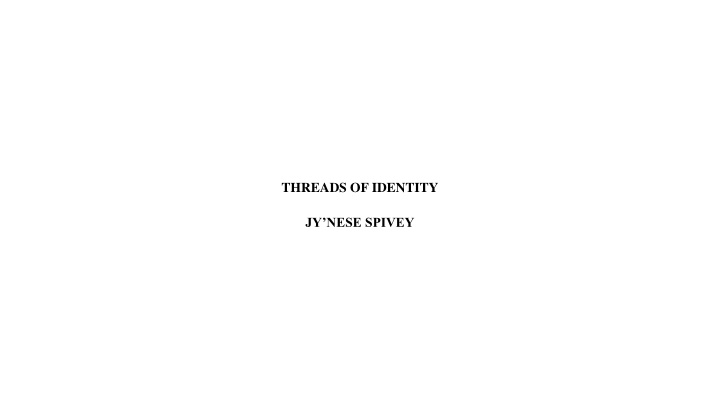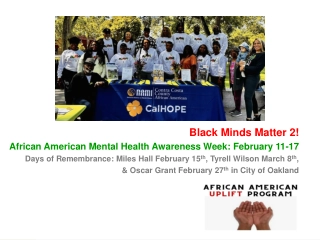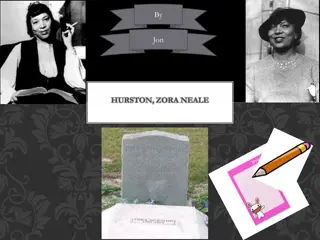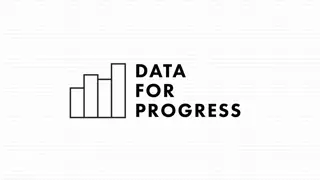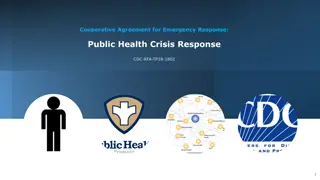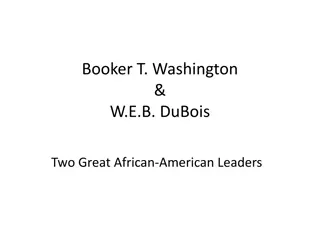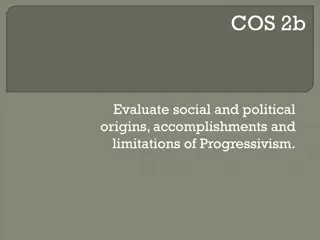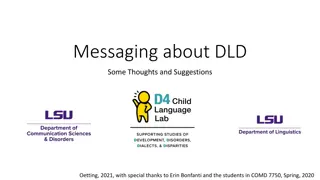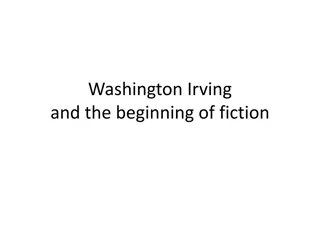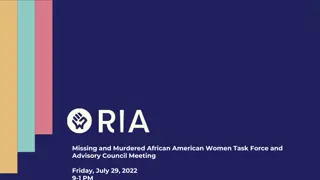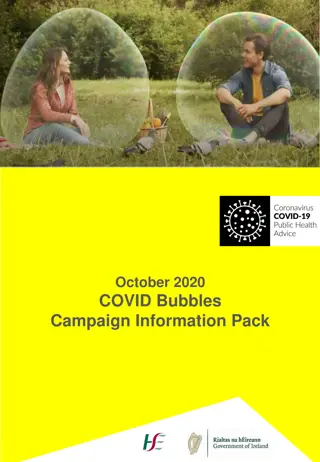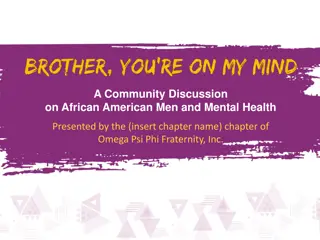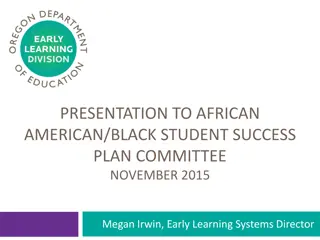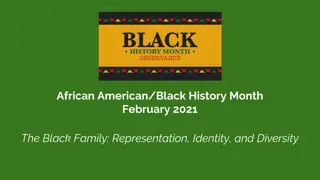Comparing COVID-19 Messaging: Public Health vs. African American Organizations
Explore the differences in COVID-19 messaging strategies between public health Twitter accounts and African American organizations in the Southeast. Understand the impact on African American communities, especially men aged 18-24. Data collection methods and analysis using NVivo software are highlighted.
Download Presentation

Please find below an Image/Link to download the presentation.
The content on the website is provided AS IS for your information and personal use only. It may not be sold, licensed, or shared on other websites without obtaining consent from the author.If you encounter any issues during the download, it is possible that the publisher has removed the file from their server.
You are allowed to download the files provided on this website for personal or commercial use, subject to the condition that they are used lawfully. All files are the property of their respective owners.
The content on the website is provided AS IS for your information and personal use only. It may not be sold, licensed, or shared on other websites without obtaining consent from the author.
E N D
Presentation Transcript
THREADS OF IDENTITY JY NESE SPIVEY
Projects aim Project s aim is to guide indecisive college students with the proper inspiration and practical tips for campus friendly wardrobes, to make them feel confident and comfortable while expressing personal style.
The research question(s) guiding this study is/are: 1. Where can you find affordable and stylish pieces that fit my target audience (college students)? 2. Who is your ideal viewer? 3. What influences their fashion choices? 4. What kind of photo layout and styling will best showcase the looks? 5. Would my project be viewed as useful for current college students who are stuck in the my body, my choice movement? 6. Will there be enough diversity for every student? (the possibility of repeat outfits is high)
Population and Sampling Procedure The target population for "Threads of Identity" is female students enrolled at Claflin University which is about 1266 females. While the lookbook can eventually be adapted for a wider audience, I intend to start off specifically for my campus to get a deeper understanding of my study. My first stage of sampling will be conducted from surveys for the want of my projects , then the popularity of trendy aesthetics and fashion inspiration, and then if my coding for the core of my website is complete how easy it is to properly function for everyone.
Method The intention is to create a vibrant and responsive user interface that will utilize a front-end framework. A back-end database, probably MySQL, will be utilized to enable the website s features. For an instant, the website will use databases to store the lookbook information, images, and descriptions, and other user-generated content. The website will include user authentication and personalized user features, such as user profile and recommendations. Additionally, forming a committee to collaboratively contribute and manage the code will ensure that the process is efficient. The testing phase of the website will be inclusive of all functions and user testing. Function testing will ensure that the primary objectives such as uploading photographs and profiles generation among others are functional. However, more emphasis will be placed on usability testing, which will aim to establish how hard or easy it is for the users to interact with the website. Users feedback and suggestions for improvement will be obtained through surveys and focus groups to ensure that the Threads Of Identity website maintains its functionality and usability objectives suited for its targeted audiences.
Limitations Project faces limitations such as the lack of objectivity: definitions of appropriateness are subjective and may differ substantially across people and cultures. Therefore, the lookbook may not account for all diverse perspectives, which could make some groups feel excluded. Limited representation: it is likely that the lookbook will not cover the full scope of body types, clothing styles, and cultural backgrounds found on campus making some students unable to relate to the publication. Ephemeral trends: due to the very nature of fashion, the lookbook is sure to become outdated, thus requiring frequent updates to stay relevant. Budget limitations: not all students will be able to afford all clothes displayed in the lookbook. Lack of inclusivity: the lookbook might prioritize some specific image of beauty and style not applicable to some minority or underprivileged groups on campus . Unsustainability: with the increasing significance of green economy and ethical consumption among students, the lookbook is likely to cause concerns . Lack of cultural sensitivity: different cultures have different requirements of modesty and traditional wear, which the lookbook may not account for . Perception: finally, students may perceive the lookbook as rigid standards or a new document enforcing clothing rules.
